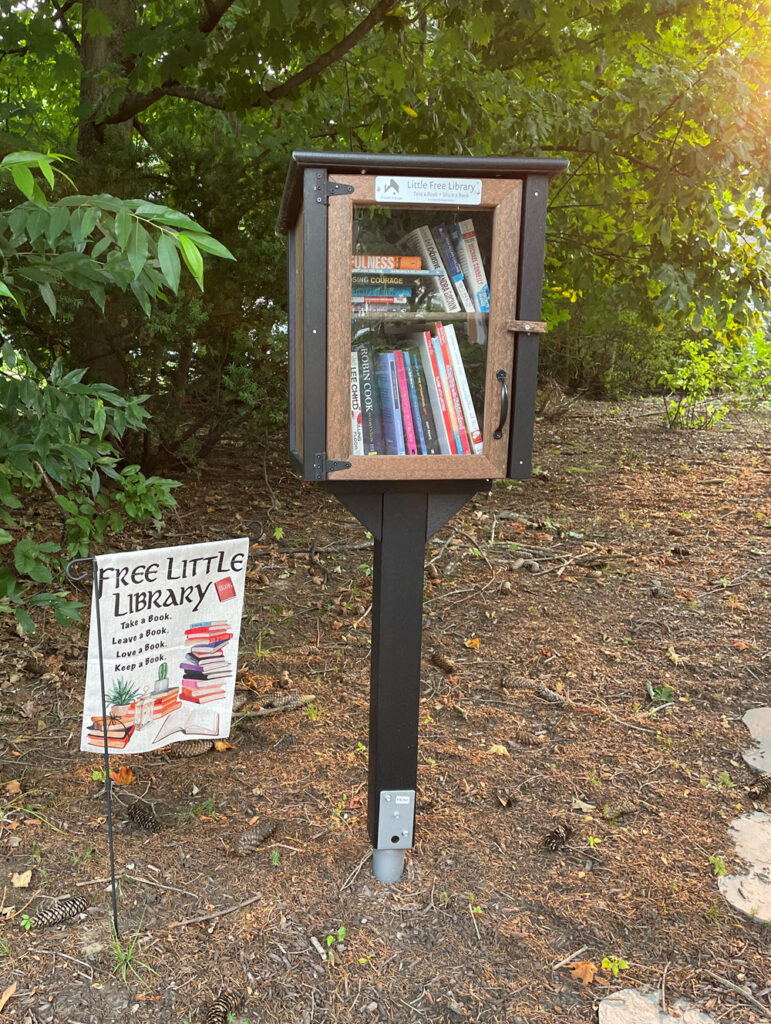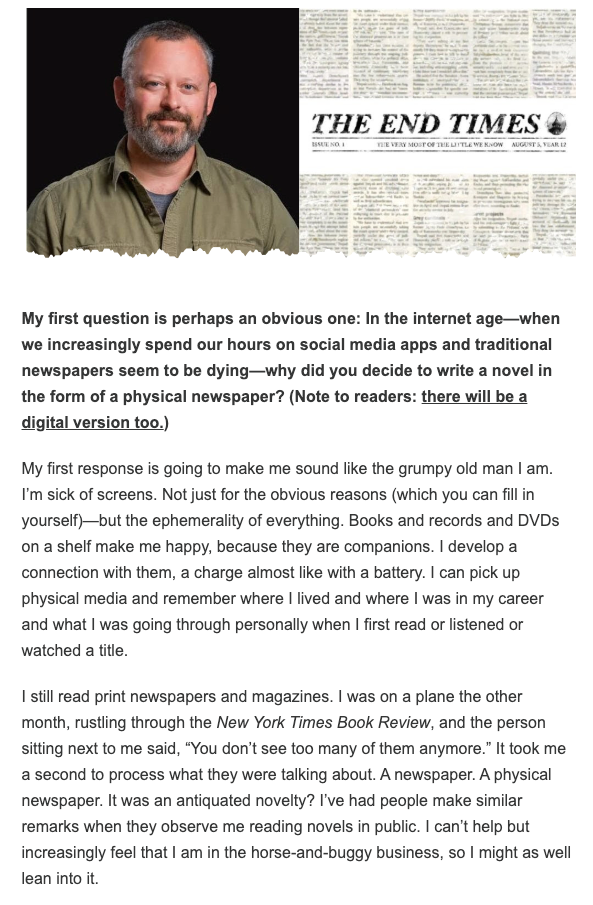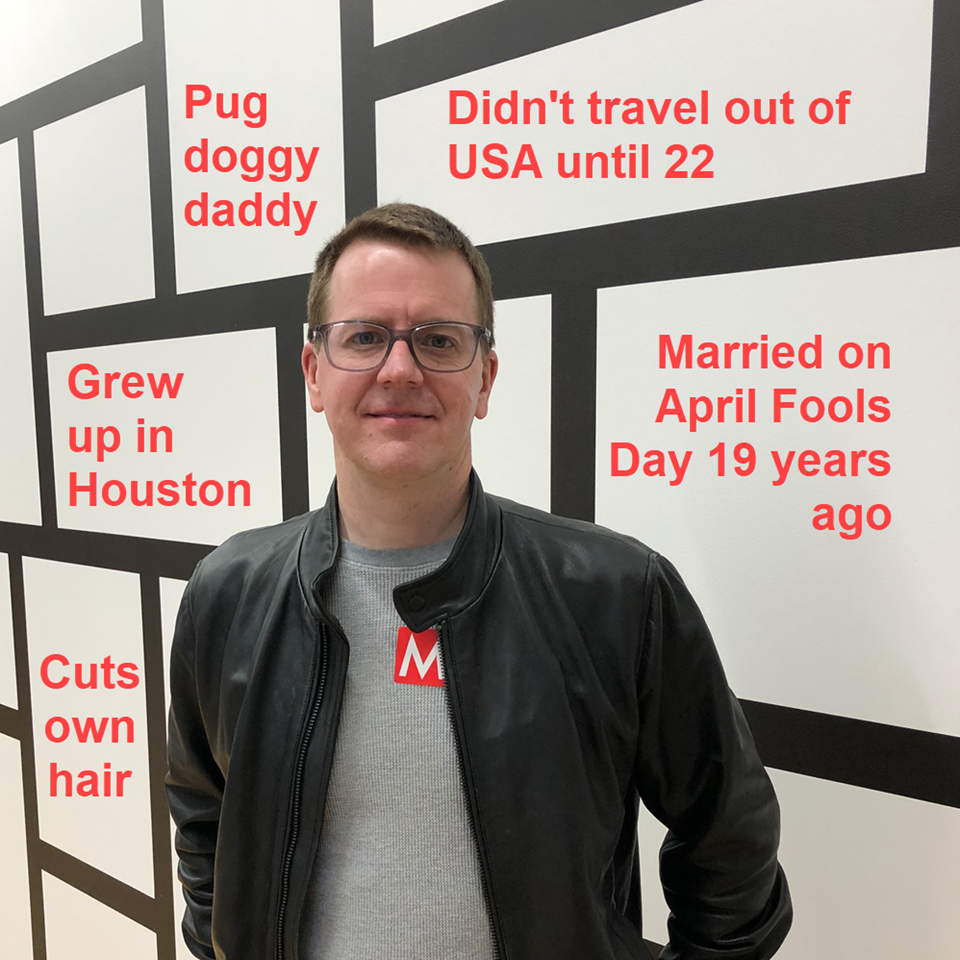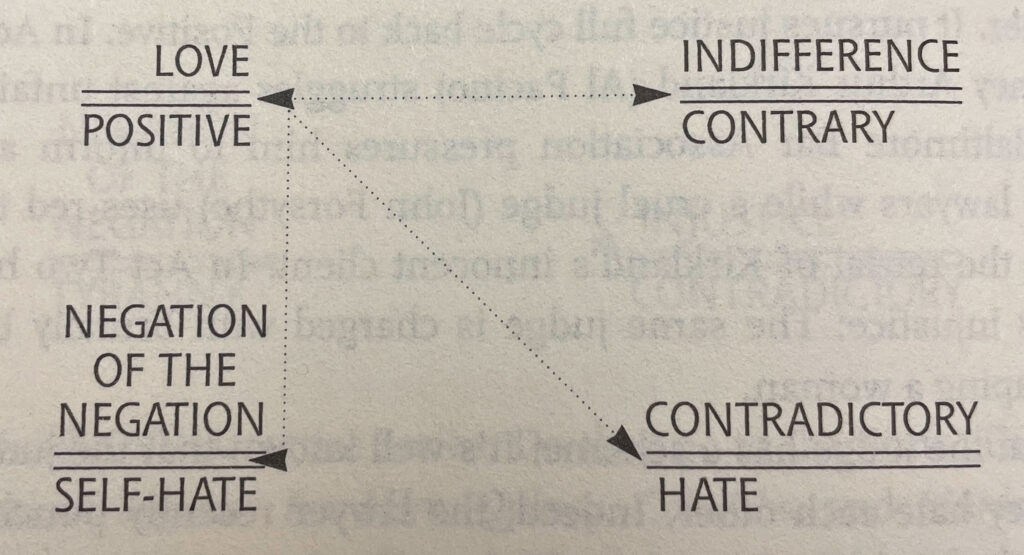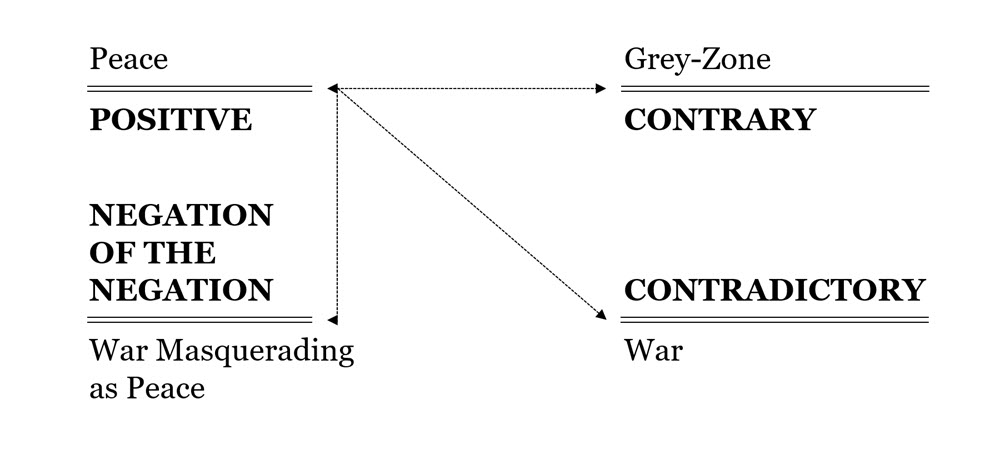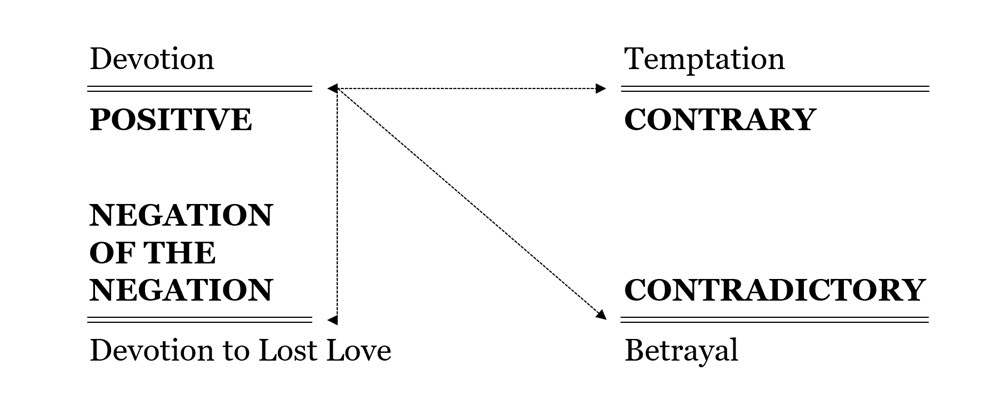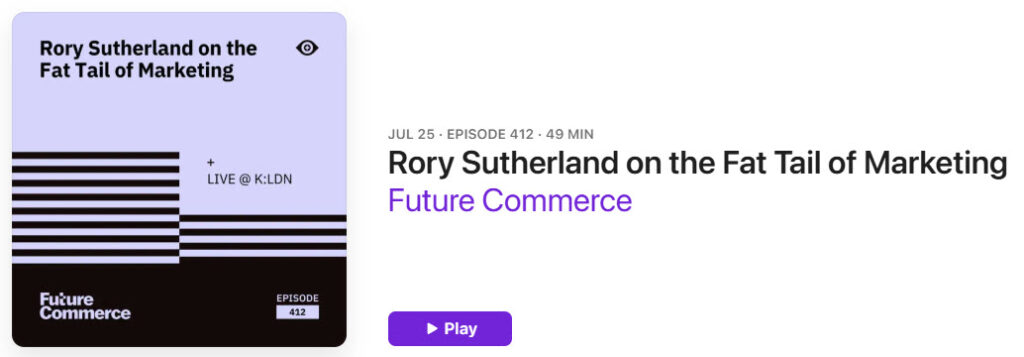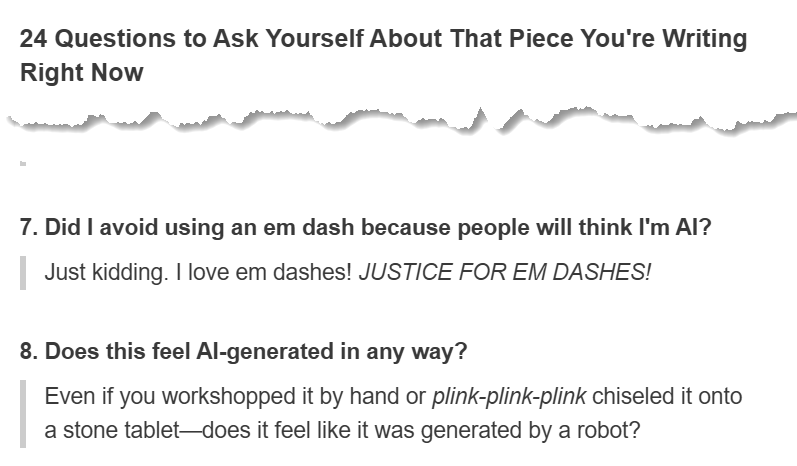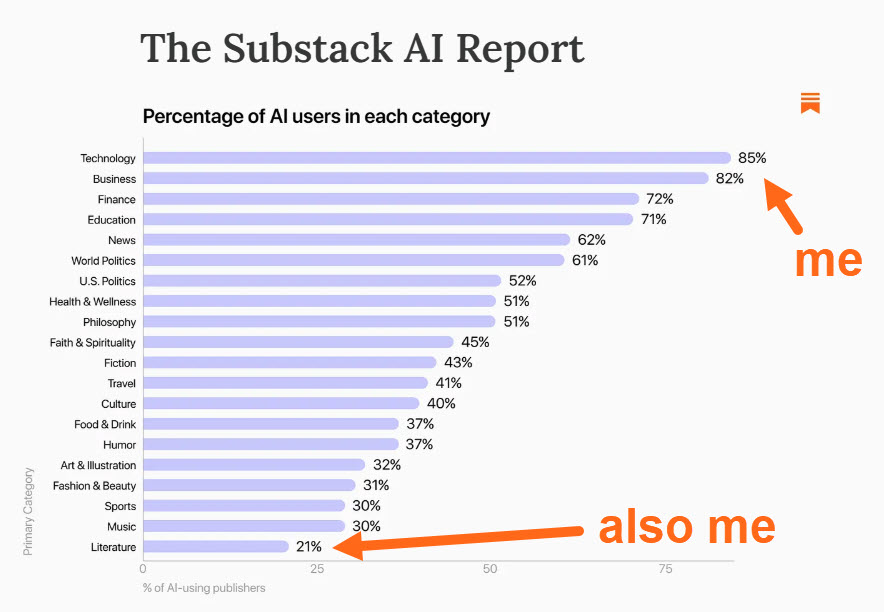Why are we trying to discourage aspiring novelists from publishing?
I’m a big fan of learning by doing, and an even bigger fan of iteration. Every time you do something, you have an opportunity to learn and do it better next time. I think this includes publishing, so I was disturbed by some recent advice I read that full-throatedly discouraged writers from even trying to query and publish their first manuscript.
The person went on to suggest that aspiring novelists also consider their second, third, and even fourth manuscripts as “practice.” The advice appeared particularly aimed at writers who are college-age and younger.
My takeaway was: Don’t rush into publishing. And don’t publish until you can get an agent. They’ll tell you when you’re ready.
While that advice has the musty smell of the top-down, old world oligarchy publishing hierarchy, I believe it comes from a place of wanting to protect young writers from potential failures that might stunt their future writing careers. While that’s an admirable sentiment, the traditional publishing industry’s track record of predicting success is, let’s say, mixed. But more than that, what’s wrong with risking failure?
In the business world where I spend my days, failure is rightly recognized as being valuable experience—sometimes more valuable than success. Aspiring novelists of all ages should embrace that kind of mindset for six important reasons:
1. Manuscripts are different from books.
Finishing a manuscript is not the same as finishing a book. The latter requires you to …
- Work with beta readers
- Work with editors (i.e., developmental editor, copyeditor, proofreader)
- Write front matter (i.e., table of contents, dedication), back matter (i.e., acknowledgments), and jacket copy (i.e., book description, author bio)
- Get a cover made
Yes, all of that takes time and some of it costs money—and I appreciate that not everyone has the ability to invest significantly in their book. However, doing all of that (to whatever degree you’re able) gives you valuable experience and skills you’ll be glad you didn’t wait to start obtaining.
2. Publishing isn’t the finish line.
Today, authors are expected to build platforms and it’s hard to do that if you’re not talking about the books you’re working on and following through to publication. Publishing builds credibility.
Authors are also expected to do publicity. I can tell you from firsthand experience that it is a learned skill. I remember vividly my first conference presentation—I was terrified, but got through it and got better through practice. Since then, I’ve spoken in front of audiences as large as several thousand people, and spoken across the US, as well as in England, Denmark, and Australia. (Europeans are a tough crowd.)
And even after all of that, I can tell you I’m extremely nervous about the prospect of doing publicity for my upcoming sci-fi trilogy. It’s going to be a whole new set of questions that I’m not used to answering. I’ll be exercising some new muscles, and it will take some training before those muscles are strong. Why put off building these muscles?
3. Success is in the eye of the beholder.
The chances are very good that the number of books sold that you’d be happy with and the number that a publisher or agent would be happy with are quite different. For perspective, during the Department of Justice v. Penguin Random House antitrust trial in 2022, it was revealed that 90% of published books sell fewer than 2,000 copies. Half of published books sell fewer than 12 copies. And that doesn’t include self-published books, which would surely bring those numbers down.
I’m not sharing that to lower your expectations, but rather to say that if you were to sell more than 2,000 copies, you should be thrilled. You’d be in the top 10%! But your agent and publisher might be less thrilled.
4. Nothing wrong with having a back list.
In the wake of his success with The Fault in our Stars, I had the pleasure of hearing John Green speak. He mentioned that his first book, Paper Towns, had sold less than 1,000 copies … that is, until the success of The Fault in our Stars. Today, by all measures, Paper Towns is a very successful novel. It just took Green breaking out with his second book to bring a larger audience to his first book.
Relatedly, some books fail to be picked up by agents or publishers because the genre is out of favor or the book doesn’t easily fall into a clear genre, not that the story isn’t good. Yes, you could stuff it in a drawer and wait for the right time to come along (which some authors do), or you can move forward and see what happens.
5. Book success goes beyond book sales.
It bears repeating: Publishing builds credibility. As I explained in a recent post, having a book out there opens doors, creates opportunities, and makes you more valuable.
6. You can protect yourself with pen names.
Fearful that your book may not be good enough and want to protect yourself? Use a pen name. Did you release a book under your name that tanked? Use a pen name for your next book. Plenty of authors use a pen name to disassociate themselves from a novel that didn’t do well. Rinse, repeat.
It took me a couple of decades to find my reason for writing and my voice, but I recognize that some people find their voices much more quickly. Why wait to get out there and share what you have to say?
Ultimately, if you’re proud of your novel and have the means, you should publish it. Hard stop. Learn from the experience and then do it again.
I love what Paula Saunders, the author of Starting From Here, told The Shit No One Tells You About Writing recently:
“You have to be willing to try. Which means you have to be willing to fail. Either way, you’re winning.”
I hope everyone takes that to heart.
To receive future posts or to become a Patron and support my dystopian sci-fi novel and get special thank-you goodies upon its publication, subscribe on Substack →
